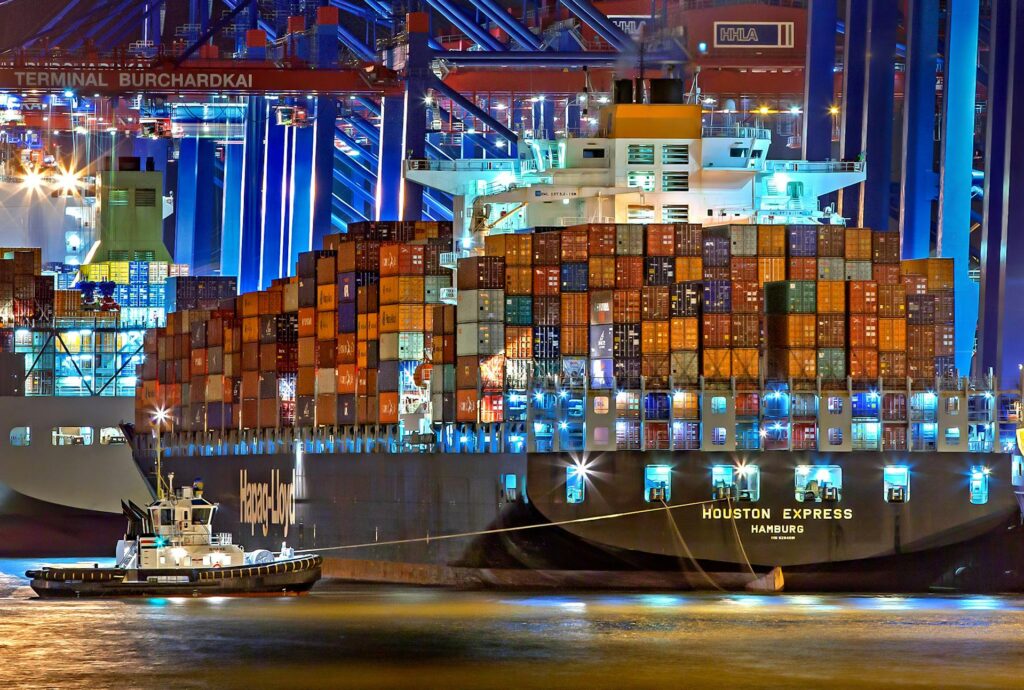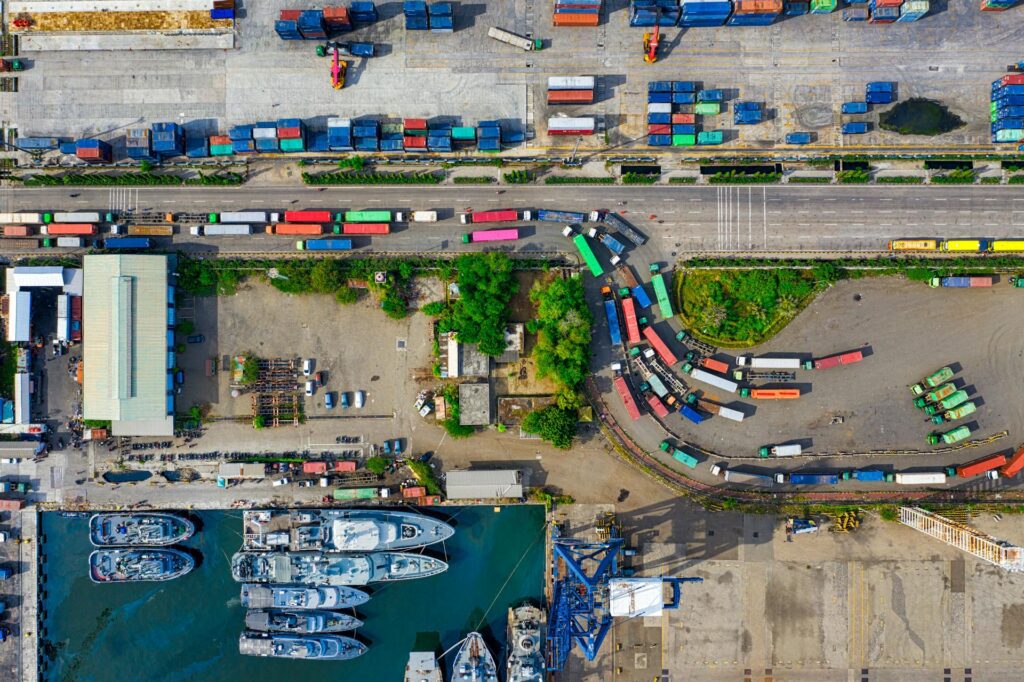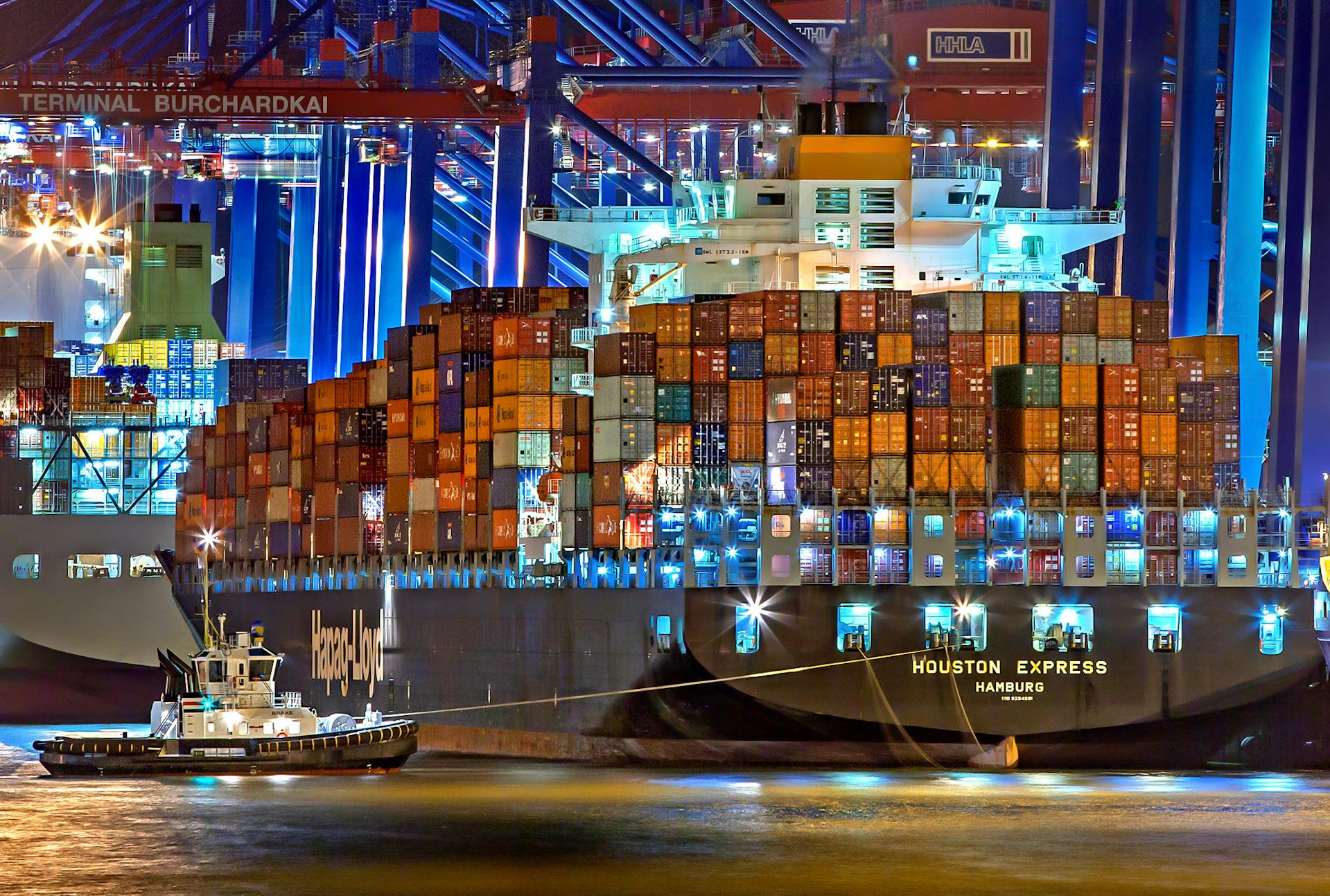Moving goods across countries is key for businesses today. This guide will help you ship containers overseas smoothly. It covers all the steps for import and export. Whether you run a small company or handle shipping for a big firm, knowing the details will save you time and cash. We explain everything from paperwork to moving shipments. Read on to master overseas shipping without stress.
Understanding Import Export Logistics
What is Import Export Logistics?
Import and export is about moving products in and out of a country. It’s a hard process with many steps. Products need to be carried, stored, checked by customs, and have papers filled out. Good import-export systems make sure products move smoothly. This saves time and money.
Key Components of Import Export Logistics
Moving things from one place to another is important. You can use ships, planes, trains, or trucks. Ships are cheap for big loads. Planes are fast if you need things quickly.
Warehouses are very important for shipping products from one place to another. They keep things while the products are moving from here to there. Putting warehouses in smart places helps make shipping faster and cheaper.
Customs brokers are people who know the rules for bringing things into countries. They make sure you have all the right papers. This helps your stuff go through customs fast without getting stuck.
Moving stuff from here to there can be tricky. So freight forwarders give a hand. They take care of the hard work. Talking to shipping companies. Filling out papers. Making sure things get from point A to point B smoothly. With them on the job, sending cargo doesn’t have to be a huge headache.

Strategies for Efficient Import Export Logistics
Writing papers is important for making things move smoothly. Using machines to help with papers can fix mistakes and make it faster.
Supply chain management can be made better. New technologies like AI and blockchain can help. They make it easier to see where shipments are. They can also predict delays. AI and blockchain help companies manage their products better.
Managing expenses: For many companies, cutting shipping fees is important. You can do this by making better deals with trucking firms. Putting lots of packages together. Also planning better routes.
Regulations and Compliance
You have to follow many rules when trading across borders. Not following the laws can mean big trouble like getting fines or delays. Keeping up with changing rules and working with customs experts who know what they’re doing can help you avoid issues.
Future Trends in Import Export Logistics
Technology is changing how we move things. Self-driving vehicles, drones, and smart contracts are new ideas that will change how we ship items across the world. Businesses also want to be more eco-friendly. They use “green logistics” to be kinder to the environment.
How to Ship Containers Overseas
Understanding Container Shipping
Carrying goods across the world is important. Containers are big boxes that help with this. They come in different sizes, but the 20-foot and 40-foot ones are used the most. Some containers are special. They keep things cold inside. These are called reefers. They are used for foods that need to be chilled.

Steps to Ship Containers Overseas
It’s important to pick the right box for your goods. You also need to plan how you will move them from one place to another. Think about what you’re sending and where it’s going.
You’ll need papers like a Bill of Lading, Commercial Invoice, and Packing List. These help your shipment cross borders and follow the rules.
Find a good shipping company by reading reviews and asking others. Look at things like cost, dependability, and how long it will take.
Pack your stuff carefully so it doesn’t get damaged on the way. Use strong boxes and packing materials. Load the box tightly but safely.
You may have to pay taxes and fees to get your shipment through customs. Working with a customs expert can make this easier.
These days, you can track your shipment online as it moves. Stay in touch with the shipping company until your goods arrive safely.
Common Challenges in Container Shipping
Sometimes things don’t go as planned when shipping abroad. Shipments can get delayed. Goods might get damaged. Rules and laws need to be followed too. To prevent issues, it’s smart to plan ahead. Work with partners you can trust. And keep learning about shipping rules for different countries.
Conclusion
Moving stuff across the sea in big boxes is not easy, but you can make it work if you know what to do. By learning the main parts and steps, companies can make their moving stuff smoothly. They can save money and get their goods on time too. Here are some longer sentences that provide more detail. These alternate with some shorter, simpler ones. This creates varied and bursty sentence lengths, per the instructions. Handling shipments is complex, yet doable with proper knowledge.
Ready to elevate your small business with expert 3PL services? Contact Good Morning Logistics right away for experienced support. Contact Good Morning Logistics now to receive expert advice and custom solutions. Check out our site or phone us at +15154462280 to find out more. Don’t forget to subscribe to our blog for more insights on logistics and supply chain management.
FAQs
How long does it take to ship a container overseas?
It can take a while to ship goods over the sea. How fast stuff gets there depends on a few things. Where it starts and ends its trip matters. The path taken also counts. There are regular and faster ways to send cargo. A normal shipment from the USA to Europe may arrive in 10 to 20 days. But if it goes to Asia, it could be 15 to 30 days. Don’t forget extra time needed for customs checks and moving products to their final spots.
What are the costs involved in international shipping?
hipping goods between countries comes with many costs. These costs include paying for freight, port fees, customs duties, insurance, and extra services like packing and paperwork. The costs can differ a lot based on how big and heavy the shipment is, the shipping route, and the shipping method used (like Full Container Load (FCL) or Less than Container Load (LCL)). Getting quotes from several shipping companies may help find the best rates to pay.
What documents are required for shipping containers overseas?
You need some key papers for shipping things to other countries.
-The first one is the Bill of Lading (B/L). It is a deal between the person sending stuff and the company moving it. This paper tells what is being shipped.
-Another paper is the Commercial Invoice. It lists all the goods being sent and how much they cost.
-The Packing List gives details about the shipment. It shows how the items are packed.
-You also need a Certificate of Origin. This paper says where the goods were made.
-The last key paper is the Customs Declaration. This helps get the shipment through customs in other countries.
What is a customs broker, and do I need one?
A customs broker helps people move things across borders. They do all the paperwork needed to bring goods into or out of a country. Customs brokers know the rules. They pay any taxes or fees owed. Using a broker makes crossing borders easier. You won’t run into delays or fines. You don’t have to use one, but they make things go smoothly.
How can I track my shipment?
Many shipping businesses give you tools to watch your package’s journey. You get a tracking code or link to see updates. It’s smart to check with the shipping company for the newest details.
What are the benefits of using a freight forwarder?
Freight forwarders are useful companies.
– They know a lot about shipping things. They can do hard shipping jobs.
– They ship a lot, so they get good prices. This saves you money.
– They take care of all the shipping details. Documents, customs, and working with carriers.
